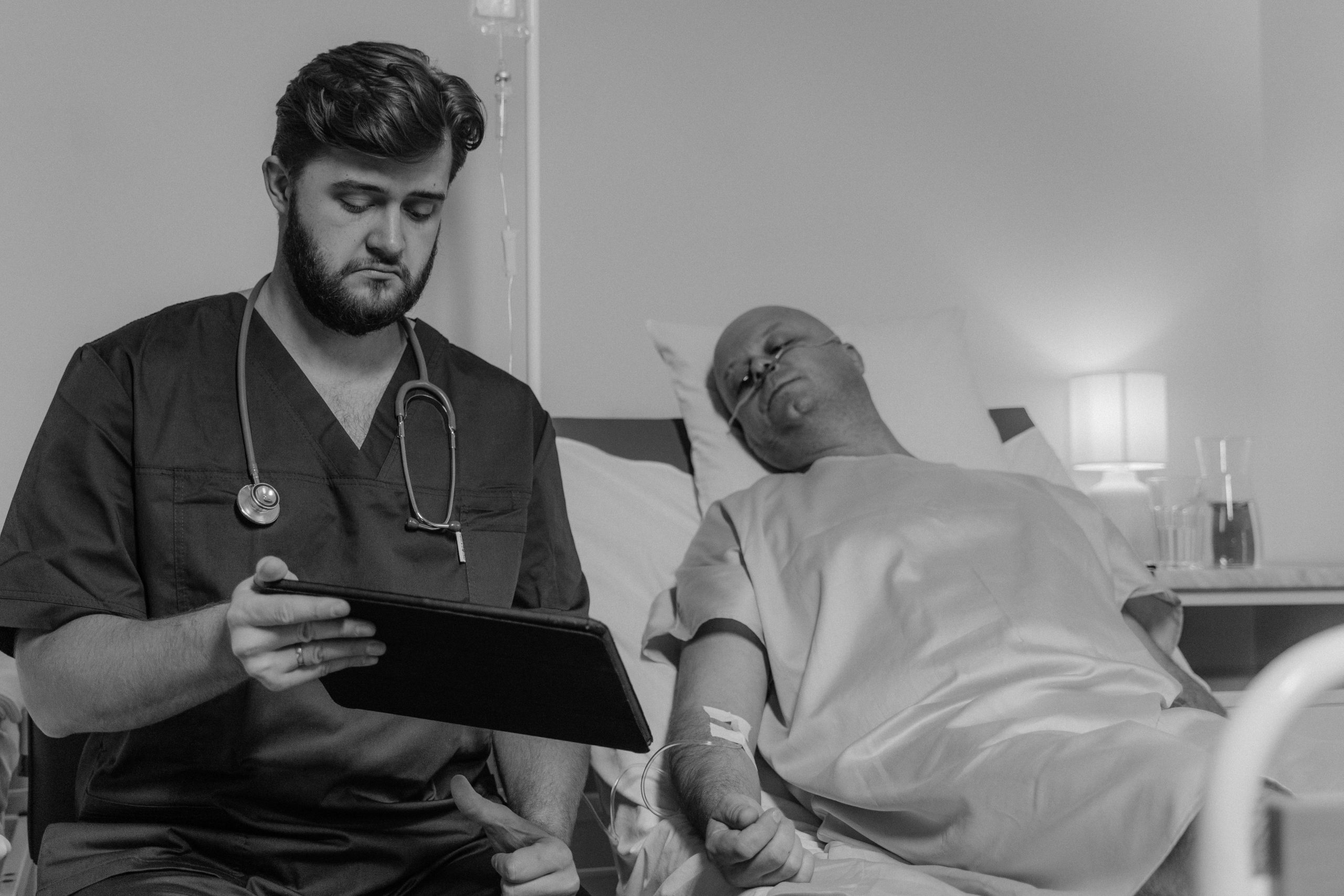The healthcare industry is undergoing a transformative shift, driven by the integration of digital patient records and remote monitoring technologies. These innovations are not just improving efficiency—they are revolutionizing the way care is delivered, making it more personalized, proactive, and patient-centered. Integrated care solutions bridge gaps between providers, patients, and data, ensuring seamless communication and better health outcomes. From reducing administrative burdens to enabling real-time health tracking, digital tools are reshaping the future of medicine.
The Role of Digital Patient Records in Modern Healthcare
Digital patient records, often referred to as Electronic Health Records (EHRs), have replaced outdated paper-based systems, offering a centralized repository for patient data. These records provide numerous benefits:
- Improved Accessibility: Healthcare providers can access patient histories, lab results, and treatment plans instantly, reducing delays in care.
- Enhanced Coordination: EHRs facilitate collaboration among specialists, primary care physicians, and other providers, ensuring continuity of care.
- Reduced Errors: Automated alerts for drug interactions or allergies minimize risks associated with manual record-keeping.
- Patient Empowerment: Secure patient portals allow individuals to view their records, schedule appointments, and communicate with providers.
By digitizing health records, healthcare systems can streamline workflows, reduce redundancies, and focus more on patient care rather than paperwork.
Remote Patient Monitoring: A Game-Changer for Chronic Disease Management
Remote patient monitoring (RPM) leverages wearable devices, mobile apps, and IoT-enabled tools to track patients’ health metrics outside clinical settings. This technology is particularly impactful for managing chronic conditions such as diabetes, hypertension, and heart disease.
Key Benefits of Remote Monitoring
- Real-Time Data Collection: Devices like glucose monitors and blood pressure cuffs transmit data directly to healthcare providers, enabling timely interventions.
- Proactive Care: Alerts for abnormal readings allow clinicians to address issues before they escalate, reducing hospital readmissions.
- Patient Convenience: RPM reduces the need for frequent in-person visits, making healthcare more accessible for rural or mobility-limited patients.
With the rise of telehealth, remote monitoring complements virtual consultations, creating a holistic approach to patient care that extends beyond the hospital walls.
Integrating Digital Records and Monitoring for Comprehensive Care
The true power of digital transformation lies in the seamless integration of EHRs and RPM. When these systems work together, they create a unified ecosystem that enhances decision-making and patient engagement.
How Integration Improves Outcomes
- Data-Driven Insights: Aggregating monitoring data with EHRs provides a complete picture of a patient’s health, aiding in personalized treatment plans.
- Automated Workflows: Integration reduces manual data entry, allowing clinicians to focus on analysis and patient interaction.
- Population Health Management: Health systems can identify trends and risks across patient groups, enabling preventive measures and resource allocation.
For example, a diabetic patient’s glucose readings from a wearable device can be automatically logged into their EHR, allowing their care team to adjust insulin dosages remotely. This level of integration ensures precision and efficiency in treatment.
Overcoming Challenges in Digital Healthcare Adoption
Despite its advantages, the transition to integrated digital care is not without obstacles. Common challenges include:
- Interoperability Issues: Not all EHR systems communicate seamlessly, creating data silos that hinder coordination.
- Privacy Concerns: Protecting sensitive health data from breaches requires robust cybersecurity measures.
- User Resistance: Clinicians and patients may resist adopting new technologies due to lack of training or familiarity.
Addressing these challenges involves investing in standardized protocols, enhancing security frameworks, and providing comprehensive training programs. Policymakers and healthcare leaders must collaborate to create an environment conducive to digital innovation.
The Future of Integrated Care Solutions
As technology evolves, the potential for integrated care solutions continues to expand. Emerging trends include:
- AI and Predictive Analytics: Machine learning algorithms can analyze vast datasets to predict health risks and recommend interventions.
- Blockchain for Security: Decentralized ledgers could enhance data integrity and patient privacy in EHR systems.
- Expanded Telehealth Capabilities: Virtual reality and augmented reality may soon play a role in remote diagnostics and treatment.
The future of healthcare is undeniably digital, with integrated solutions paving the way for smarter, more responsive care delivery.
In conclusion, the integration of digital patient records and remote monitoring is transforming healthcare into a more connected, efficient, and patient-centric system. By overcoming adoption barriers and embracing emerging technologies, providers can unlock unprecedented levels of care quality and accessibility. The revolution is here—and it’s digital.
